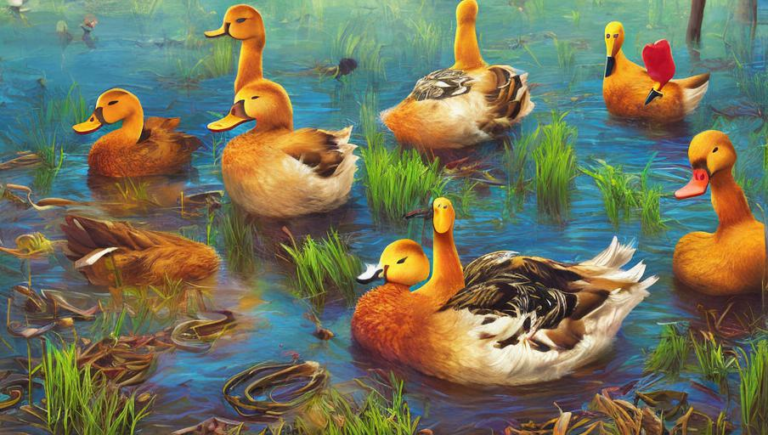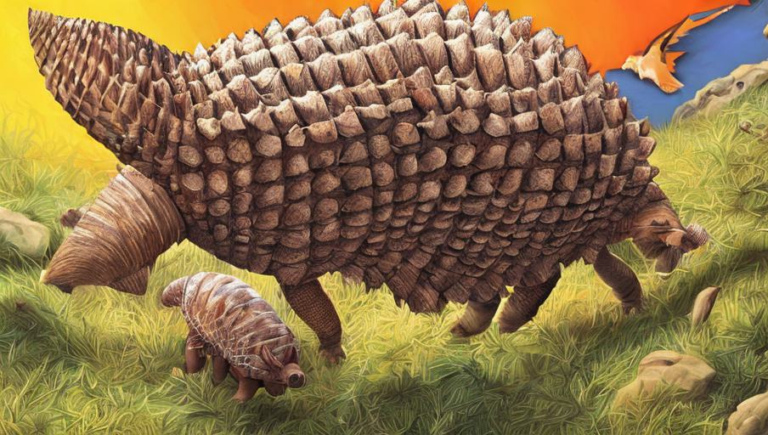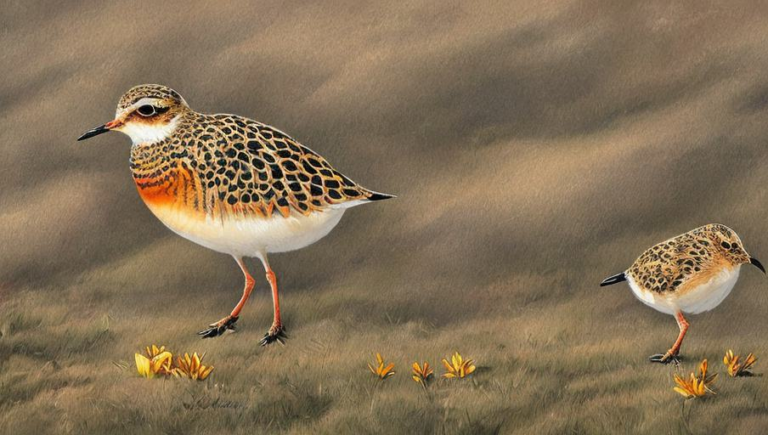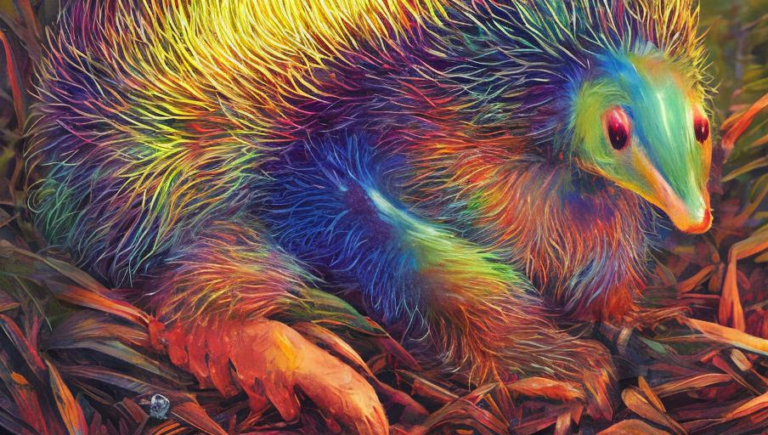Nighttime Behavior of the Aardvark
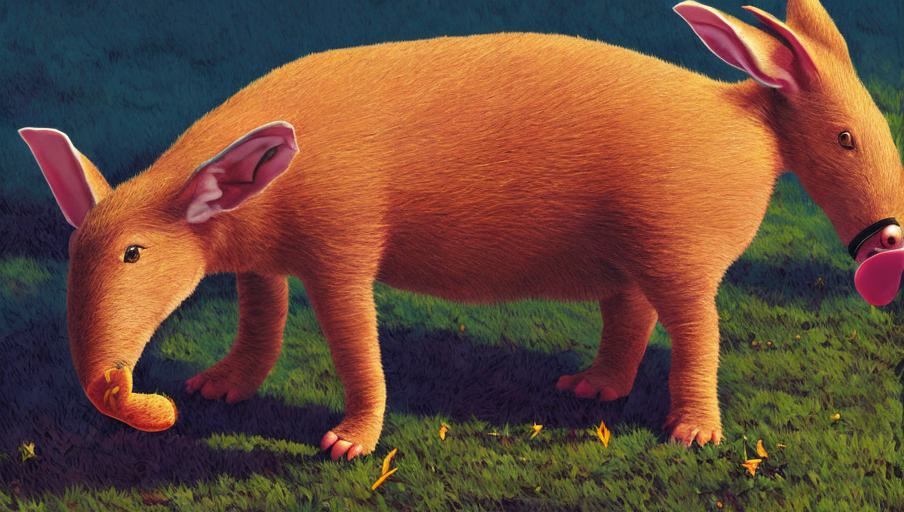
Nighttime Behavior of the Aardvark
The aardvark is a fascinating nocturnal creature that is found in the African savanna. This mammal is well-adapted to living in a wide range of habitats, from dry desert areas to wetlands, as well as urban areas. They are also active at night, making them an interesting creature to observe.
Feeding Habits
Aardvarks are primarily insectivores, meaning they primarily feed on insects. They have long, sticky tongues that they use to capture their prey, which includes ants, termites, and other small insects. These insects are often found in the ground or in the trunks of trees, and the aardvark digs into the earth in order to find them. Aardvarks can also eat fruits, leaves, and roots, but insects make up the majority of their diet.
Shelter
Aardvarks are very solitary animals and prefer to live alone. They usually dig burrows in the ground, typically near a tree or bush, in order to create a shelter. The burrows can be as deep as 6 feet, and they often have multiple chambers to serve as sleeping and nesting areas. The burrows are also used to protect the aardvark from predators such as lions, leopards, and hyenas.
Movement
Aardvarks are able to move very quickly in a short period of time. They can run up to 30 km/h, which is very fast for a mammal of its size. They also have excellent hearing and a strong sense of smell, which helps them to detect predators and avoid them. When threatened, aardvarks will usually retreat to their burrows for safety.
Social Behavior
Aardvarks are largely solitary creatures, but they will occasionally interact with other aardvarks. They are not territorial, but they do establish home ranges that overlap with other individuals. They do not form social groups, but they will sometimes share their burrows with other aardvarks. Aardvarks also communicate through scent marking and loud calls.
Reproduction
Aardvarks mate during the wet season and the gestation period lasts for about 7 months. Females typically give birth to one or two offspring, and they stay with the mother for up to one year. The young aardvarks are weaned at around six months old and reach sexual maturity at two years old. Aardvarks can live for up to 20 years in the wild.
Conclusion
The aardvark is an interesting nocturnal creature that is well-adapted to life in a variety of habitats. They feed primarily on insects, build burrows for shelter, and are able to move quickly when threatened. They are primarily solitary animals, but they will occasionally interact with other aardvarks. The aardvarks mate during the wet season and the female usually gives birth to one or two offspring.
